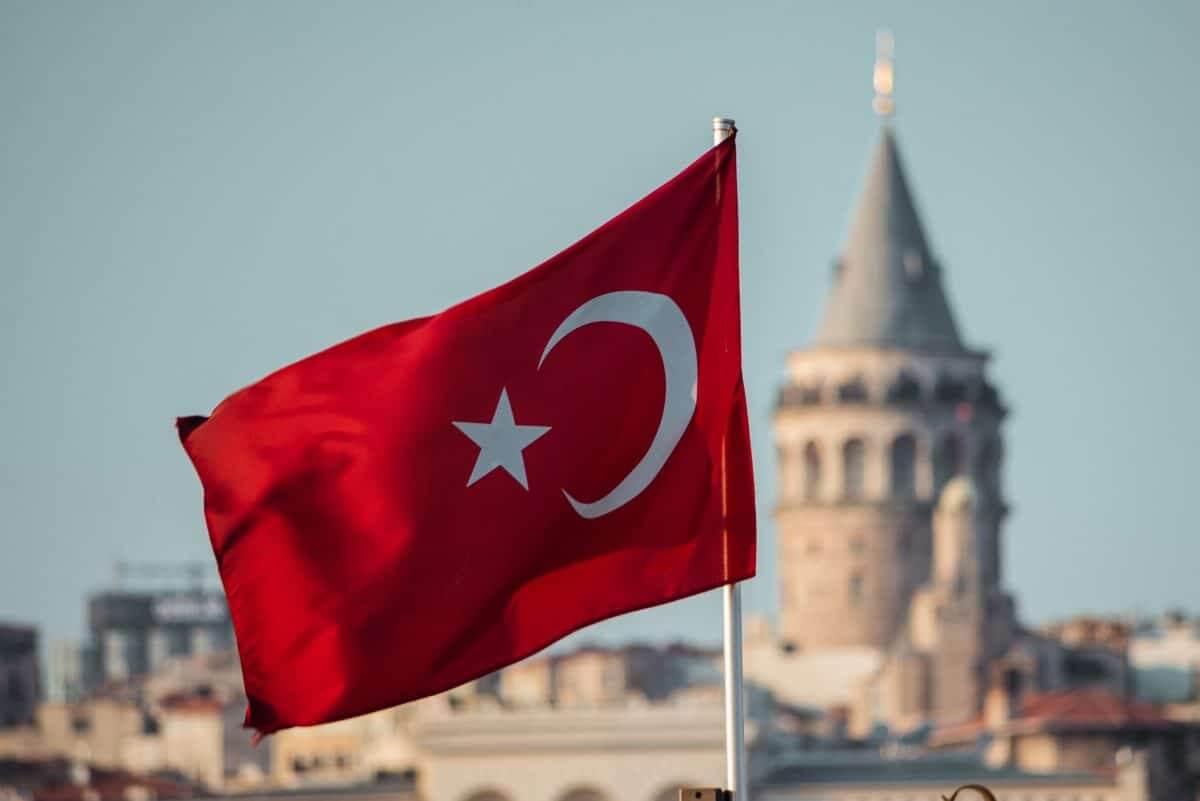
Turkey: It’s GDP and inflation problem
Due to Turkey’s recent currency crisis, China has been outpacing Turkey in terms of GDP per capita. Thus it is safe to anticipate that China will continue to lead Turkey in this regard. Currently, the IMF predicts that Turkey’s GDP per capita in 2022 will be $9,300 while China’s would be somewhere around $11,800.
Turkey is very likely to surpass China again, This is in terms of GDP per capita in the future. For the straightforward reason that both countries have emerging economies that are growing. However, Turkey and China have very different populations. Turkey has 83 million people, while China must feed at least 1,4 billion people at home. Therefore, it is only normal that a country with that level of people distributes money around the country. Doing it slowly than a smaller country like Turkey.
Additionally, there is an overemphasis on GDP per capita. This is since we constantly compareand use this to gauge how well-developed a nation is in comparison to others. Despite the fact that economies and living standards vary greatly around the globe. A person in the UK with a $46,000 GDP per capita can live comfortably on 15,000 USD in Turkey.
At 83%, Turkey’s inflation is at a fresh 24-year high
According to official data released on Monday, Turkey’s annual inflation rate increased to 83.45% in September, a new 24-year high, after the central bank shocked the markets by lowering rates twice in the previous two months.
Since the central bank steadily reduced its policy rate in an unconventional easing cycle long wanted by President Tayyip Erdogan, the lira fell and inflation spiked in the fall of last year.
Consumer prices increased 3.08% month over month, according to the Turkish Statistical Institute, versus a prediction of 3.8% in a Reuters survey. Consumer price inflation was anticipated to be 84.63% yearly. Since July 1998, when it stood at 85.3% and Turkey was attempting to put a stop to a decade of consistently high inflation, this number has increased annually.
Transport costs, which increased by about 118% from the previous year, were the main driver of September’s inflation, while food and non-alcoholic beverage costs increased by 93.05%.
The lira fell from its Friday closing of 18.5620 to trade at 18.5620 against the dollar. Despite the continuing increase in inflation. And also the soaring energy prices, and the lingering effects of the lira’s collapse, the bank dropped its policy rate once again. This happened in the previous two months by 200 basis points to 12%, defying the trend of the global tightening cycle.
A currency crisis brought on by rate cuts from the previous year caused the lira’s value versus the dollar to drop by 44% in 2021. Its decline this year of almost 29% has brought it to new record lows.
Yearly inflation was predicted to reach 72% by the end of 2022.The administration claims that by prioritizing low rates. This is to increase output and exports in order to create a current account surplus, inflation will decline. In September, the domestic producer price index increased by 4.78% month over month for an increase of 151.50% year.




